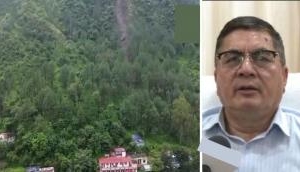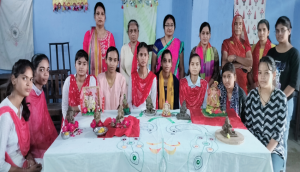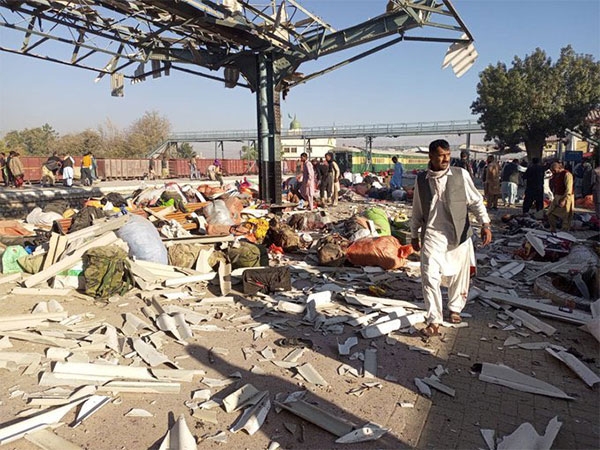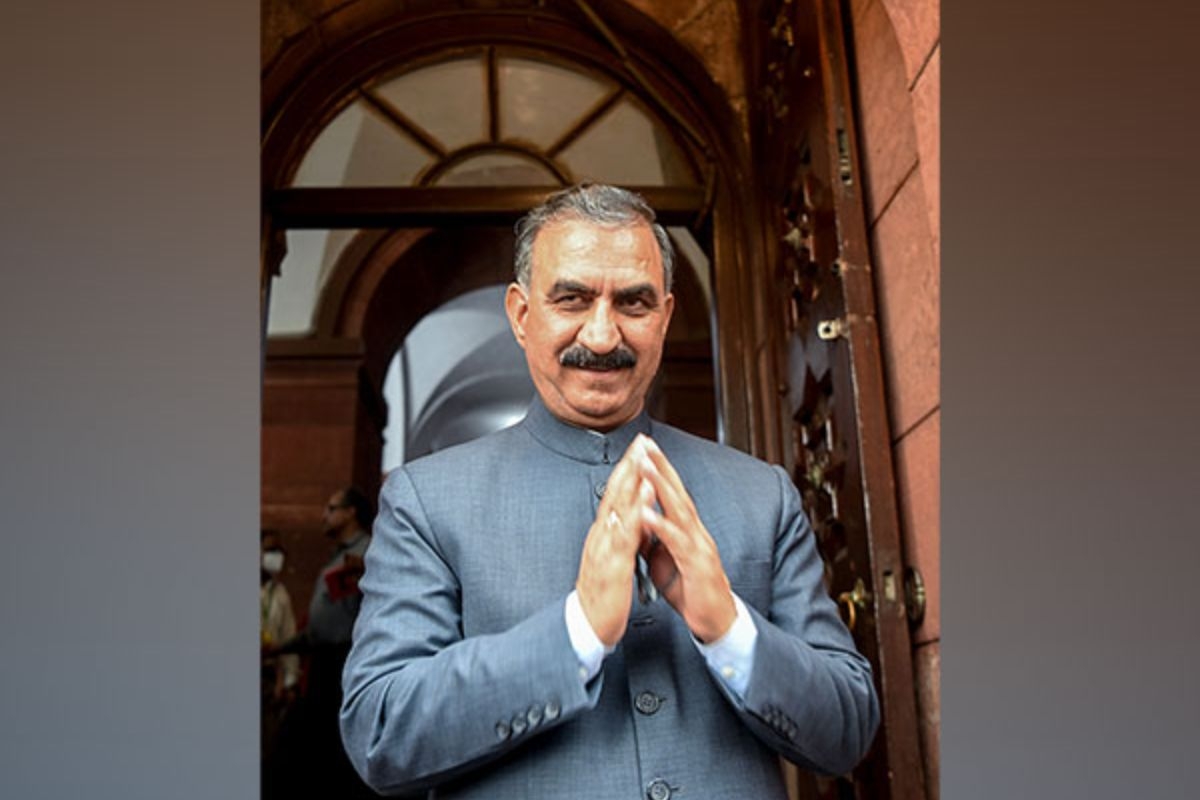How Punjab, Haryana can dispose of paddy crop residue and spare us a pollution nightmare

Paddy, sown from May to July in the vast farmlands of Punjab and Haryana, is harvested in September-October. Huge machines called combined harvesters cut the crop and store the grain, leaving the paddy stalks on the farm.
The stalks should have been of little concern, especially to cities like Delhi. Yet, they are the subject of raging debates, laws, court cases, and even NASA imagery.
Burning of the paddy stalks, which are also known as crop residue, by the farmers in Punjab and Haryana cause severe air pollution in many cities in north India. The fires are so huge they are clearly visible from space. They, in fact, inaugurate the winter air pollution woes of the region, and the smog they create can bring life to a standstill.
There are no traditional solutions as the problem itself is modern. Combined harvesters, now commonly used, leave the stalks on the farm, as opposed to farmers manually taking the harvested crop to thresh and winnow the grain.
Since it is too expensive to bring all the stalk back from the farms, farmers find it cheaper to set it all on fire. They also believe that this kills weeds and unwanted pests, which isn't quite true (demand for pesticides and weedicides hasn't fallen despite years of burning stalks). Stalk burning, in fact, dries up the soil, increasing the water requirement for the next crop.
Punjab has a law banning the burning of crop residue, but it is nearly impossible to implement, as successive years of burning has proved. The National Green Tribunal and the Delhi High Court have imposed penalties and questioned why the law hasn't been enforced.
Why do farmers continue to burn the residue? What else can they do with it? There are many ways to deal with the residue, adopting which requires more of well-meaning policies and less of law enforcers.
Selling
The fundamental problem is that farmers have no incentive to remove the crop residue from their fields, which requires manual work and thus costs money. One solution, thus, is selling this. Rice stalks are used in packaging materials (such as in boxes of fruit) and even in generating power. So-called biomass power generators burn the stalks to power steam-run turbines.
Although the stalk is still burnt, it is easier to regulate a set of power companies' emissions and ensure they use pollution reduction devices and follow emission norms. But these measures haven't picked up because the price of the residue, which averages around Rs 1,000 per quintal, is almost the same as the cost of removing and transporting the stalks.
Composting
Farming experts say the crop residue has a lot of nutrients that are good for the soil. So, in effect, if the residue is allowed to decompose on the farm, it can, over time, reduce the need for fertiliser. This is one of the means adopted in several Punjab districts to ensure "climate smart agriculture".
However, there is often little time between a harvest and the next sowing season, while composting takes longer. Some rapid composters were developed but have not gained popularity. Nonetheless, it would still require farmers to remove the stalks from the farm before the sowing.
Mulching
This also involves keeping the crop residue on the farm, but in a way that it completely covers the soil when the next crop is planted. In Punjab, where farmers follow a rice-wheat cycle and leave barely a month's gap between harvesting one and sowing the other, mulching shades the soil from direct sunlight. This helps it retain precious water, especially after water-intensive rice cultivation. Mulching is also known to prevent weeds from growing. But mulching too is labour intensive.
Happy Seeder
This is a machine that can solve all problems, actually. The machine cuts and lifts crop residue, sows the seed of the next crop, and puts the residue back as mulch. But it costs about Rs 1.2 lakh. Despite a Rs 48,000 subsidy offered by the Punjab government, there are few machines in use. According to one report, in the last rabi harvest, 700 machines were used in the whole of Punjab, about half in just three districts - Amritsar, Ludhiana and Sangrur.
A study found that farmers don't buy the machine as the gains are offset by its cost, which is where the government needs to step in. Another study has calculated the total costs of removing the residue, and advocated that these simply be paid to the farmers. The study argues that this amount can be recovered from business like air travel that are affected by the smog. Alternately, governments can bear the expense.
HS Sidhu, senior research engineer at the Borlaug Institute for South Asia in Ludhiana, said the government needs to find a way to make the Happy Seeder available to the public on rental basis, just like the combined harvester. "Here, all farmers irrespective of their land size use combined harvesters on rent. Nobody owns it. The government should enrol the help of these same firms that rent harvesters to encourage farmers to also take Happy Seeders," Sidhu said.
First published: 19 September 2016, 1:01 IST






![BJP's Kapil Mishra recreates Shankar Mahadevan’s ‘Breathless’ song to highlight Delhi pollution [WATCH] BJP's Kapil Mishra recreates Shankar Mahadevan’s ‘Breathless’ song to highlight Delhi pollution [WATCH]](https://images.catchnews.com/upload/2022/11/03/kapil-mishra_240884_300x172.png)

![Anupam Kher shares pictures of his toned body on 67th birthday [MUST SEE] Anupam Kher shares pictures of his toned body on 67th birthday [MUST SEE]](https://images.catchnews.com/upload/2022/03/07/Anupam_kher_231145_300x172.jpg)






